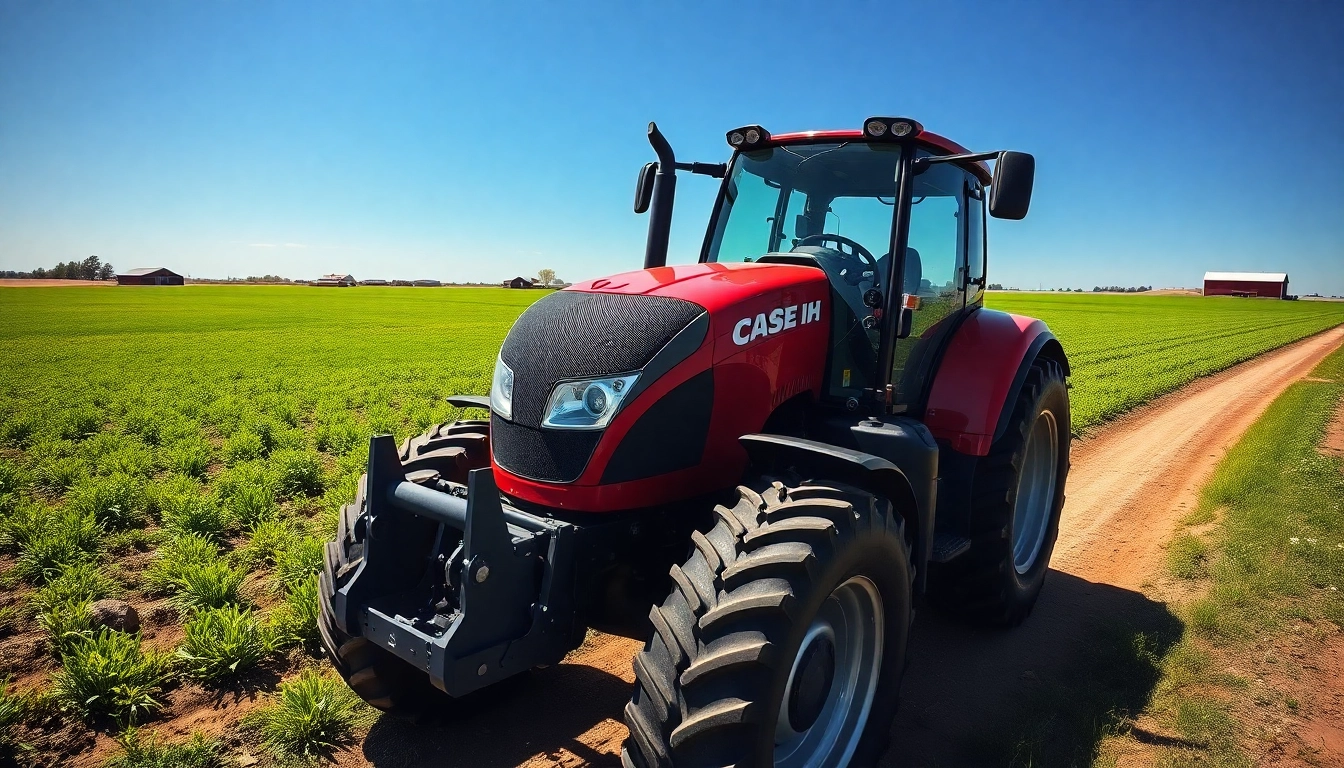Understanding Infusion Resins
What are Infusion Resins?
Infusion resins are a category of thermosetting polymers that are specifically designed for the resin infusion process in the composite material industry. Unlike traditional hand layup methods, infusion resins exploit the vacuum-assisted technique to impregnate fiber mats with resin, ensuring optimal fiber wet-out and minimized air entrapment. This process is integral in developing advanced composite structures, particularly in environments where strength-to-weight ratios and mechanical properties are crucial.
In the infusion process, dry fiber reinforcement is placed in a mold, and a vacuum is created to remove any air. Following this, the infusion resin is drawn into the mold, filling the fiber matrix thoroughly. This technique not only enhances material performance but also results in a controlled and consistent production environment. To appreciate the full breadth of infusion resins, it’s essential to understand their properties and the technological advancements that support their application in diverse industries. To explore a range of options, consider these infusion resins.
Key Properties of Infusion Resins
The effectiveness of infusion resins can be attributed to several key properties that enhance their performance in composite manufacturing:
- Low Viscosity: One of the defining characteristics of infusion resins is their low viscosity, which allows for easier flow through the fiber reinforcement without creating pockets of unmixed resin.
- Fast Curing Times: Many infusion resins are formulated to cure quickly, reducing overall production times while maintaining excellent mechanical properties.
- High Mechanical Strength: Infusion resins are designed to develop high tensile and compressive strength, making them ideal for applications that require structural integrity.
- Impact Resistance: Infusion resins exhibit high impact resistance, which is vital for applications in demanding environments.
- Clarity and Finish: The finished product often exhibits excellent clarity and surface finish, important in aesthetic applications.
Types of Infusion Resins Available
There are various types of infusion resins tailored for specific applications within different industries:
- Epoxy Resins: Known for their superior adhesive properties and high chemical resistance, epoxy infusion resins are commonly used in aviation, automotive, and high-performance sporting goods.
- Polyester Resins: More cost-effective than epoxy, polyester infusion resins are widely used in marine applications and less demanding settings.
- Vinyl Ester Resins: Combining the benefits of polyester and epoxy, vinyl ester infusion resins are typically used in environments where enhanced corrosion resistance is necessary.
- Bio-based Resins: With a growing emphasis on sustainability, bio-based infusion resins are made from renewable sources, providing an eco-friendly alternative while still meeting performance standards.
Applications of Infusion Resins
Industries Utilizing Infusion Resins
Infusion resins find applications across various sectors, primarily due to their superior performance characteristics and adaptability. Some industries utilizing these resins include:
- Aerospace: In aircraft manufacturing, the need for lightweight yet strong materials is critical. Infusion resins allow for the creation of high-strength components that contribute to fuel efficiency.
- Automotive: Infusion technology facilitates the production of structural parts, improving the performance and safety of vehicles while reducing weight.
- Marine: The boating industry benefits from infusion resins in crafting durable and lightweight hulls, ensuring longevity and performance over time.
- Construction: Structural components in buildings and infrastructures such as bridges see enhancement through infusion resin applications.
Infusion Resins in Aerospace and Automotive
In both the aerospace and automotive sectors, infusion resins are pivotal in producing components that require exceptional performance. The aviation industry often leans on these materials to reduce weight and improve fuel efficiency while maintaining the requisite safety standards. Infusion resins help create complex geometries and parts that integrate seamlessly into engineered designs.
In automotive manufacturing, infusion resins allow for the fabrication of components that exhibit not only lighter weight but also superior crashworthiness and further establish fuel economy goals. The versatility of infusion molds means tailoring products to fit specific performance parameters, resulting in innovative vehicle designs.
Innovative Uses of Infusion Resins in Construction
The construction sector increasingly adopts infusion resins for applications ranging from precast concrete elements to custom architectural pieces. These resins enable the production of lightweight panels that maintain structural integrity while allowing for versatile design aesthetics. Their capacity for high performance under extreme stresses makes them invaluable in supporting construction practices that prioritize sustainability without sacrificing durability.
Additionally, infusion resins play a crucial role in infrastructure projects, where the need for high-strength materials can significantly affect project longevity and lifecycle costs. From beams and columns to façade elements, infusion resins undoubtedly contribute to modern structural engineering—adapting to the evolving demands of construction.
Benefits of Using Infusion Resins
Durability and Strength of Infusion Resins
One of the standout features of infusion resins is their ability to provide durable and high-strength composites that can withstand considerable mechanical loads. Their superior adhesion qualities when bonding with fiber reinforcements result in end products that show minimal deformation under stress. This property is vital for sectors requiring longevity, such as aerospace and automotive, where failure can have drastic implications.
Cost-Effectiveness in Manufacturing
While the initial cost of infusion resin materials may be higher than conventional options, their use often results in lower production costs over time. Due to their efficiency in the manufacturing process and reduced material waste, manufacturers can achieve a greater return on investment. Additionally, the longevity of products made from infusion resins often reduces maintenance costs, making them a cost-effective solution in the long run.
Advantages of Low Viscosity Infusion Resins
Low viscosity is one of the primary advantages of infusion resins, enabling these materials to flow smoothly through fiber mats without creating voids or defects. This characteristic facilitates thorough wetting of the fibers, resulting in enhanced mechanical properties and finished product quality. In complex molds, low viscosity aids in achieving intricate shapes, providing design flexibility that traditional methods may not support.
Best Practices for Working with Infusion Resins
Preparation Steps for Infusion Resin Application
Successfully utilizing infusion resins begins with thorough preparation. Here are essential steps to consider:
- Material Selection: Choose the appropriate resin type based on the application requirements, including mechanical properties, curing speed, and environmental conditions.
- Mold Design: Ensure molds are adequately designed to accommodate resin flow and to prevent leaks. Proper venting is essential to avoid entrapment of air.
- Layup Technique: Ensure proper layering of fibers to maximize resin uptake while adhering to specific fiber orientation requirements.
- Vacuum Integrity: Check for leaks in the vacuum setup to maintain an effective infusion process.
Techniques for Effective Infusion Resin Use
Employing effective techniques during the resin infusion allows for optimal results. To enhance the infusion process:
- Controlled Infusion: Control the speed at which resin enters the mold by adjusting the vacuum settings and strategically placing resin feed lines.
- Temperature Management: Infusion resins often perform best within a given temperature range; maintaining the resin and mold at ideal temperatures can facilitate curing and improve final properties.
- Monitoring Curing: Track the curing phase rigorously to address any potential issues early, such as incomplete curing or improper adhesion.
Common Mistakes to Avoid with Infusion Resins
While using infusion resins can provide substantial benefits, certain mistakes can undermine the potential advantages:
- Ignoring Viscosity Guidelines: Using resins that exceed recommended viscosity can lead to poor wet-out and cure issues.
- Poor Fiber Coverage: Failing to ensure all fiber areas are adequately wetted can result in weak points in the final product.
- Neglecting Equipment Maintenance: Not maintaining vacuum pumps and molds can lead to inconsistencies in resin flow and quality outcomes.
Future Trends in Infusion Resins Technology
Advancements in Resin Composite Materials
The future of infusion resins promises exciting advancements driven by the demand for innovative materials. Research and deployment of smart materials—those that can adapt their properties in real-time—could revolutionize the industry. The focus on creating resins that maintain flexibility while enhancing strength is another key trend shaping future developments.
Environmental Impact and Sustainability in Infusion Resins
With increasing environmental awareness, the infusion resin industry is gradually leaning towards sustainable practices. This shift includes the development of bio-based resins derived from renewable resources that reduce reliance on petroleum-based products. Enhanced recycling processes for composite materials are also emerging, contributing to a more circular economy in manufacturing.
Predicted Innovations in Infusion Resin Applications
As industries evolve, the applications of infusion resins will likely expand into areas such as advanced robotics, renewable energy systems, and even personalized medicine. Innovations may allow infusion resins to adapt to unique environmental pressures, such as changes in temperature and strain, thus offering guided performance improvements.



